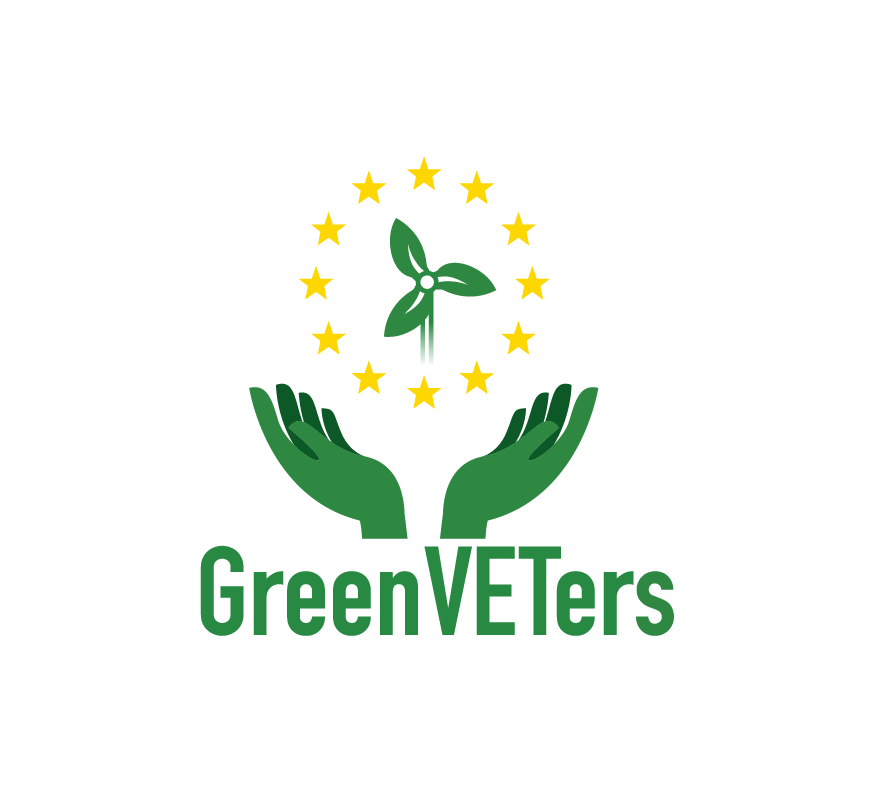In permaculture, nature does all the work, but for a permaculture garden to be sustainable, self-sufficient and properly balanced, it’s important to favour biodiversity. The fifth permaculture design principle is ‘Using Biological Resources’.
This design principle is concerned with using biological resources to do work or conserve energy, rather than using non-renewable energy sources such as fossil fuel resources. Wherever we can use a plant or animal to perform a certain function in our designs, this is our preferred approach. For instance, livestock can be used to keep the grass short rather than use a lawnmower, or plants may be used that attract beneficial predatory insects to control pests rather than use toxic chemical pesticides. It is critical to plan the use of biological resources early in the design process. It is needed to consider which biological resources will be utilized on the site, and what will be the strategy to manage them. These biological resources will form the very basis of the energy recycling systems, and as a result, determine how sustainable the design will be.
Biodiversity is a human perception which relates to the evaluation of all life on the planet. The concept is tightly linked to permaculture design through the conscious attempt to increase functional diversity in species assemblies and in the emphasis
placed on the construction of energy-efficient ecosystems. Biodiversity, together with the fostering of life and soil fertility, is a key aspect of permaculture. Diversity ensures balance, even more so when it’s happening within a permaculture garden. Other aspects of biodiversity are not as valued in permaculture design. For permaculturists, indigenous ecosystem integrity and species richness are second to the functional relationships between species in a consciously designed system.
Food production systems designed from a permaculture perspective aim to maximize their similarity to nature and ecosystems, thereby providing an increase in biodiversity and ecosystem services, such as nutrient cycling, soil building, carbon sequestration, water infiltration into soil and uptake by plants (which can have a positive impact on erosion and flooding during major weather events) and reduction in the urban heat island effect. Since permaculture does not employ chemical fertilizers or pesticides, it can provide benefits to pollinators and water quality as well.

